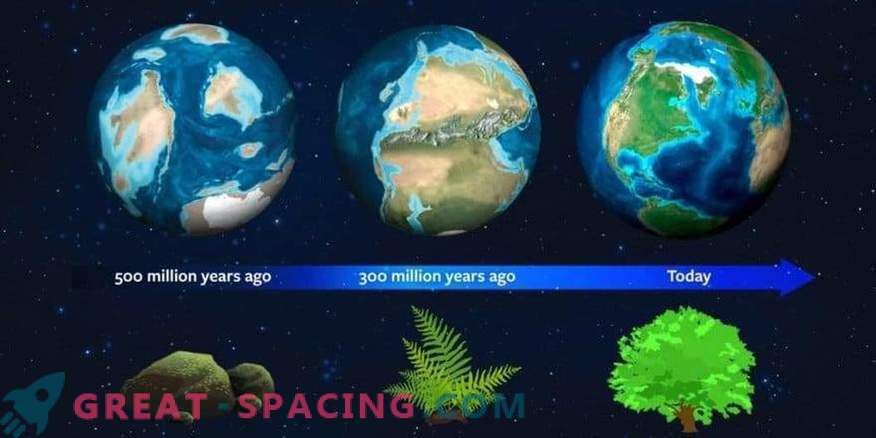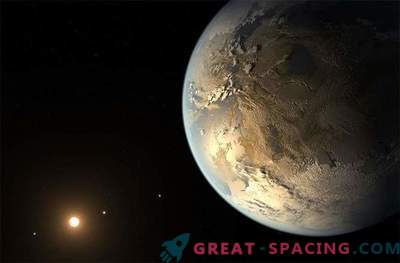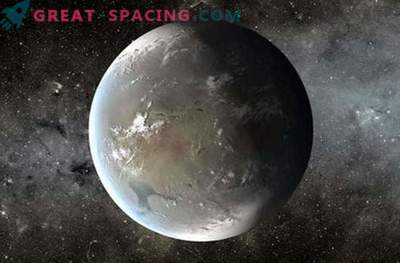
Earth’s natural history can now guide astronomers searching for exoplanets. About 500 million years ago, another light signature was observed on this planet due to the dominance of moss. Approximately 300 million years ago, the reins of power passed over to ferns, which once again changed the light signature of the planet.
Having studied the complete natural history of the Earth’s evolution, scientists were probably able to derive a template for the imprints of vegetation and the determination of the age of the habitable planets. Models show that the signature of the reflection of terrestrial vegetation increases with the coverage of the surface of our planet and its age.
Geological records of the last 500 million years show that the earth's surface has changed dramatically: from ice to large-scale forests. In most of the early history of the planet, plants simply did not exist, but in the end they spread across the surface. The first were mosses showing a weak signature, which is more difficult to find than trees. Earth history is capable of playing the key to the search for life in the universe. As evolution progressed, the vegetation signal also became stronger, which makes it possible to consider old exoplanets as potential habitats. Exoplanets can be arid with clear skies and endless cacti or hot jungles with tropical forests. When the NASA Galileo mission went to Jupiter in 1989, Carl Sagan asked to look at Earth to see how the light from the inhabited life of the planet reflected. A survey in December 1990 showed a kind of impulse between the red and IR spectra created by vegetation.
It is more difficult to follow exoplanets, but telescopes become more powerful every year. Therefore, on the basis of terrestrial development, it is possible to track potential worlds for life and understand what evolutionary stage they may be in.











































